Plants and Flowers Encyclopedia
Cycas Revoluta
The is popular because of its particularly graceful appearance. It comes from the Cycadales family. From this family it is mainly the Revoluta that can be found well in the Netherlands. The Cycas is mainly used as a houseplant. It is known by various names: False Sago palm, Fern palm, Peace palm, Peace palm and also Cycas palm. The Cycas is mainly valued because of its graceful leaves on a sturdy and robust trunk.

Providing the Cycas with water
The does not need much water. In fact, it is very sensitive to getting too much water. Make sure that the soil has dried out before you water it again. In the summer, it should be watered when the soil feels dry, while in the winter this plant can easily be left dry for 2 weeks. Because of its sensitivity to moisture, it is absolutely essential to avoid standing water. A soaking wet one can rot at the roots, which can seriously damage the plant. Better to give too little than too much water!
Spraying
It is not necessary to spray, but it does have some advantages. It makes the plant healthier, it removes dust, and also any pests. However, never spray when the plant is in full sun, the droplets act as a magnifying glass and will focus the light and let it burn through the leaves.

Placement of the Cycas Revoluta
This palm does like sun, but also prefers some peace and quiet in terms of light reception. We therefore recommend placing the Cycas in a slightly sheltered spot, where there is enough sun, but not too much. 3-5 hours of sunlight per day is best. Therefore, place these houseplants 2-3 meters in front of a window facing west or east. For a window facing south, a distance of 3-4 meters from the window is recommended.
If the Cycas does not get enough light, the leaves will grow extra long, which is not in proportion. These can best be pruned, and the plant moved to a place with more light.
In spring and summer the Cycas can go outside, but it is recommended to avoid full sun.
Temperature requirements
During the day minimum -5 ℃
At night minimum -6 ℃

Repotting, why and when?
Repotting a Cycas revulta whose root ball has grown through has a few advantages. Namely, the palm grows faster when the roots have the space. The palm can also withstand lower temperatures better with a larger root ball. It can then absorb moisture from the soil better and is therefore stronger and more stable.
General rules
When the Cycas revulta has rooted (often every 2-3 years) we recommend repotting it in the spring. If it is always inside, it does not matter. If it is outside, it is not a problem to repot it in the summer, but we advise against it in the fall and winter, because it will not grow and root optimally then. This can make it somewhat weak, and possibly suffer damage from frost.
When you choose to repot your Cycas rumphi, choose a nice pot that is twice the size of the root ball. Place a layer of hydro grains at the bottom of the new pot for better moisture control. It will be grateful for that. Fill this layer with some Mediterranean potting soil. This type of soil ensures that the Cycas revulta roots optimally and is fed. Then you can place the root ball on the ground. Make sure that the top of the root ball is slightly below the edge of the pot. Aim for a difference of 2 to 6 cm. This difference ensures that the water does not run off the root ball when you water it.
Every year you should replace the top layer of soil, because it hardens and 'wears out' in nutrients, due to regular watering and because of the sunlight on the upper edge of the root ball.
We also recommend pouring a bag of hydro grains under the root ball.

Provide the Cycas with good nutrition
During the summer and spring periods your Cycas revulta needs to be fed well. Unfortunately, a good soil type is not enough for this. It certainly helps in certain needs of the plant. But to keep the leaves nice and deep green and strong we recommend to supplement the nutrition with the specialized food [Palm Focus]. Pokon is often recommended by other shops, but we advise against it, because Palm Focus is a product based on natural nutrients from many different sources, a mix of organic, vegetable acids and pure concentrates of seaweed. It is the perfect 'fertilizer' for palms. Your palm tree is very grateful for this nutrition and will reward you with shiny deep green leaves and healthy strong roots.
If you want to give your palm tree that little bit of extra luxury, we also recommend supplementing Palm Focus with [Plant Ultra]. This provides a few extra useful nutrients that the Cycas revulta loves. They are not essential, but do help with root growth and extra health and strength of the palm.
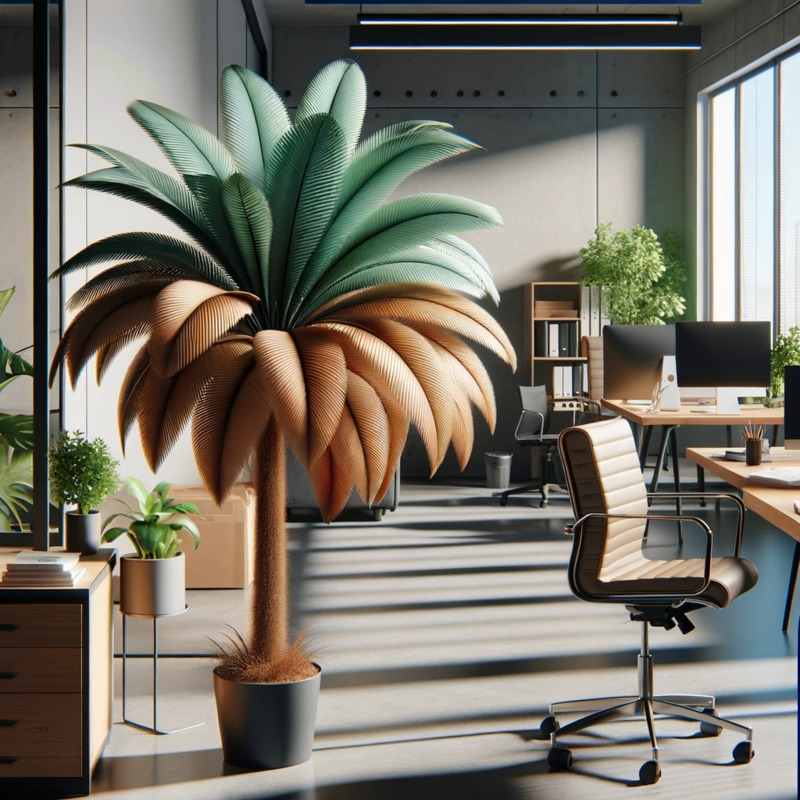
When the leaves change color
The leaves can get black leaf tips. This can mean that too much water has been released. Brown or yellow leaves can mean that too little water is being released. We then recommend checking this and possibly adjusting the watering. We also recommend making the palm tree a bit more beautiful by simply cutting off the ugly tips with scissors.
It is also possible that the palm has been moved from a place with a lot/little light to a place with a different amount of light. This can also cause the leaves to discolour. The new leaves will be more resistant to direct sunlight.

How to prune and when?
The leaves of the Cycas revulta will eventually wither. If this is the case with a leaf, you can simply cut the stem near the trunk. It is not a big deal to prune a whole leaf with the stem of the palm. This is the way the palm forms its trunk. Never shorten the trunk, that would kill the palm. It is important that the trunk and the core remain good and healthy for the survival of the palm.
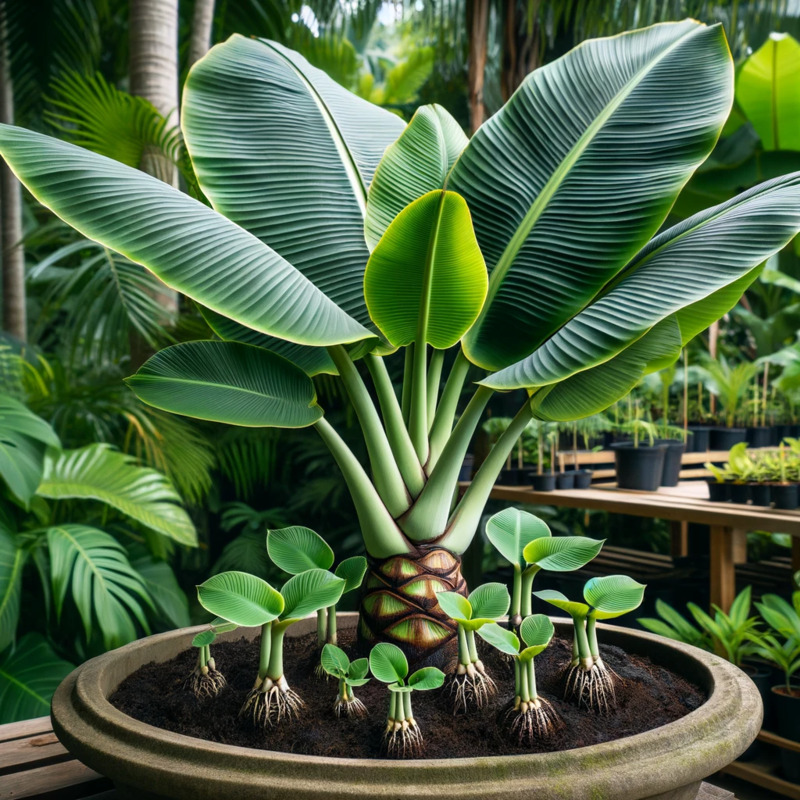
How can I propagate Cycas?
Many plants are easy to propagate by e.g. cuttings or harvesting and planting the seeds. The Cycas is difficult to propagate. This can only be done by seed, and a difficult process that we do not recommend doing.
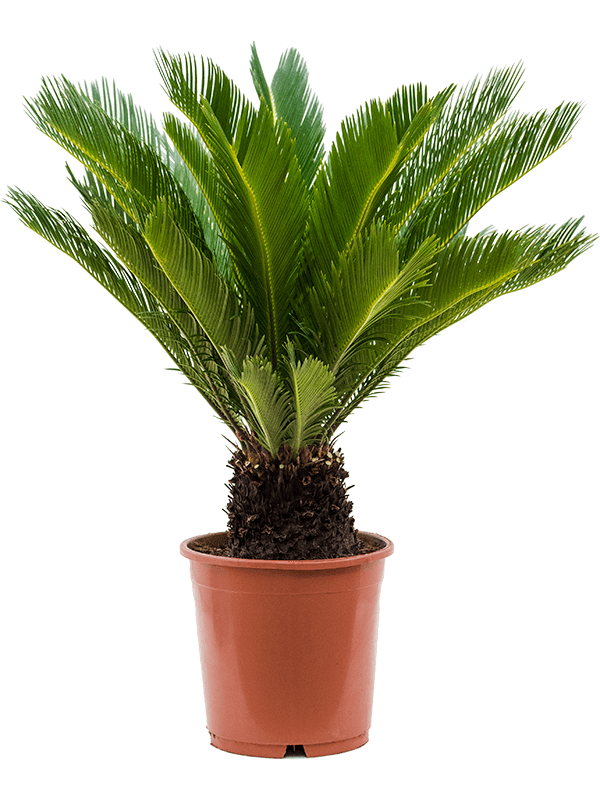
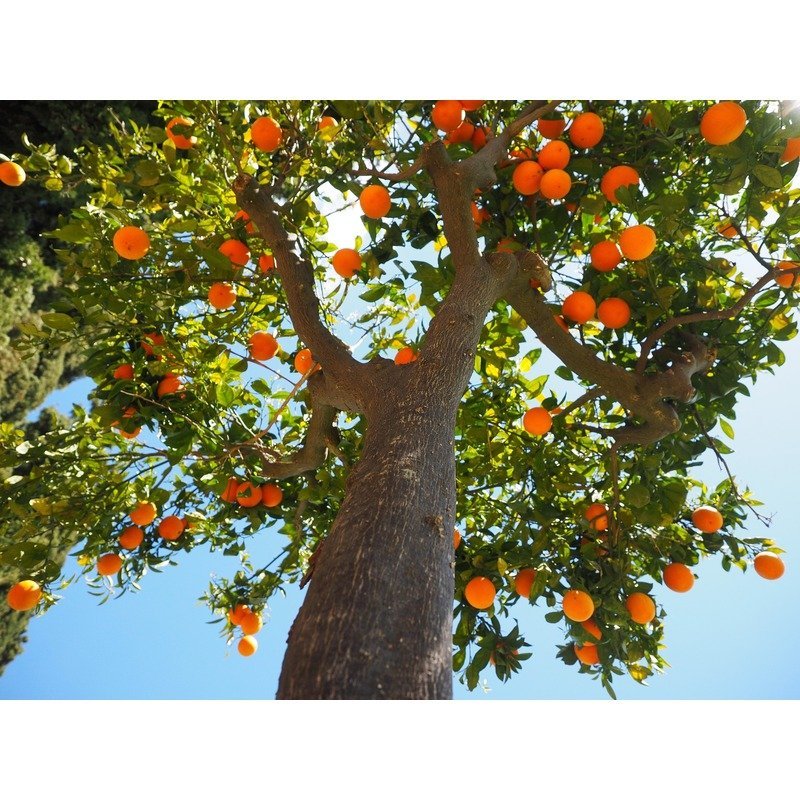
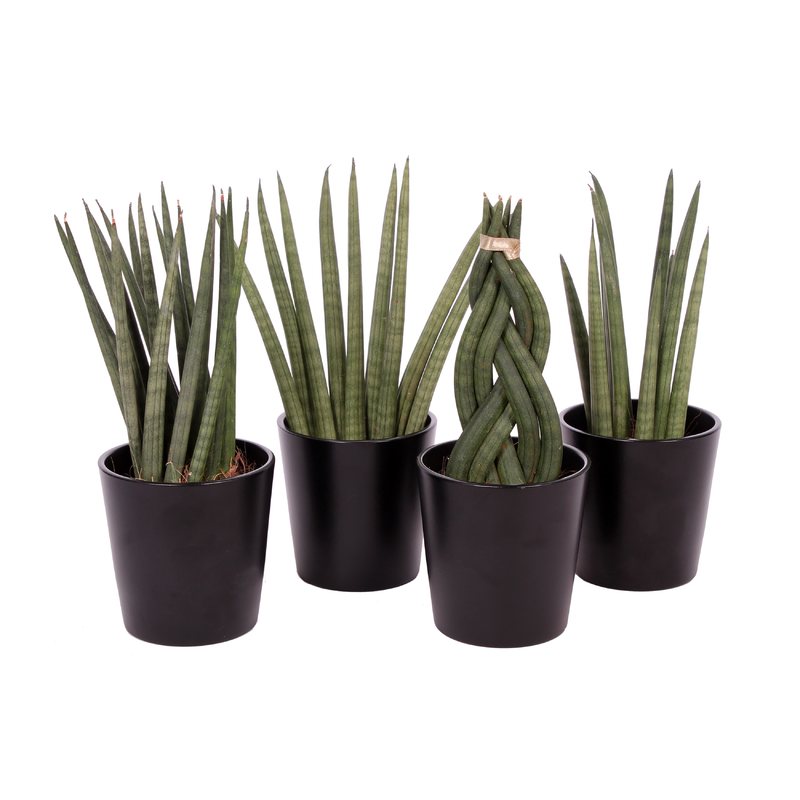
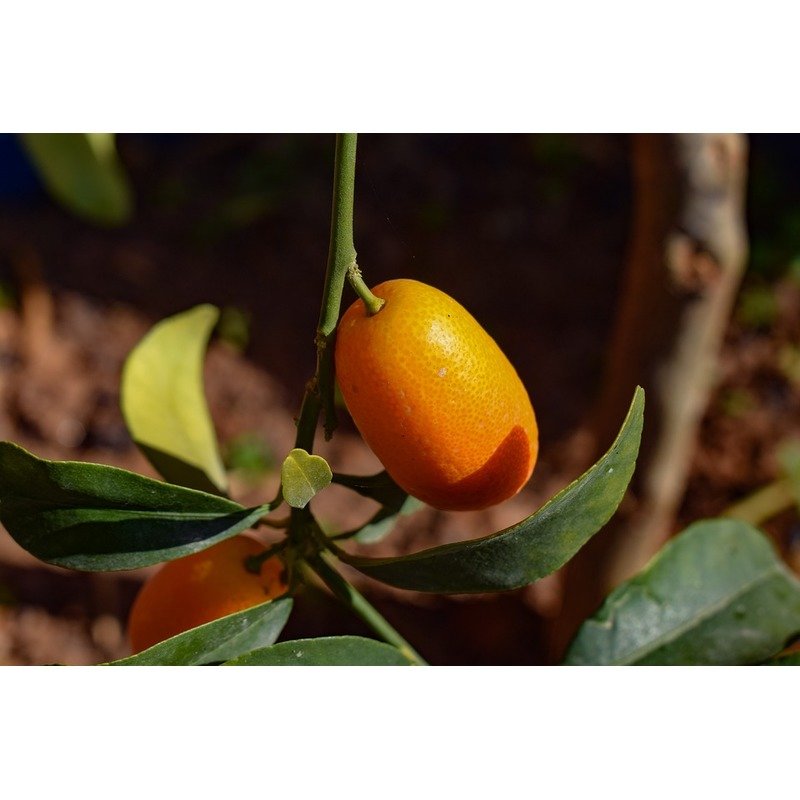
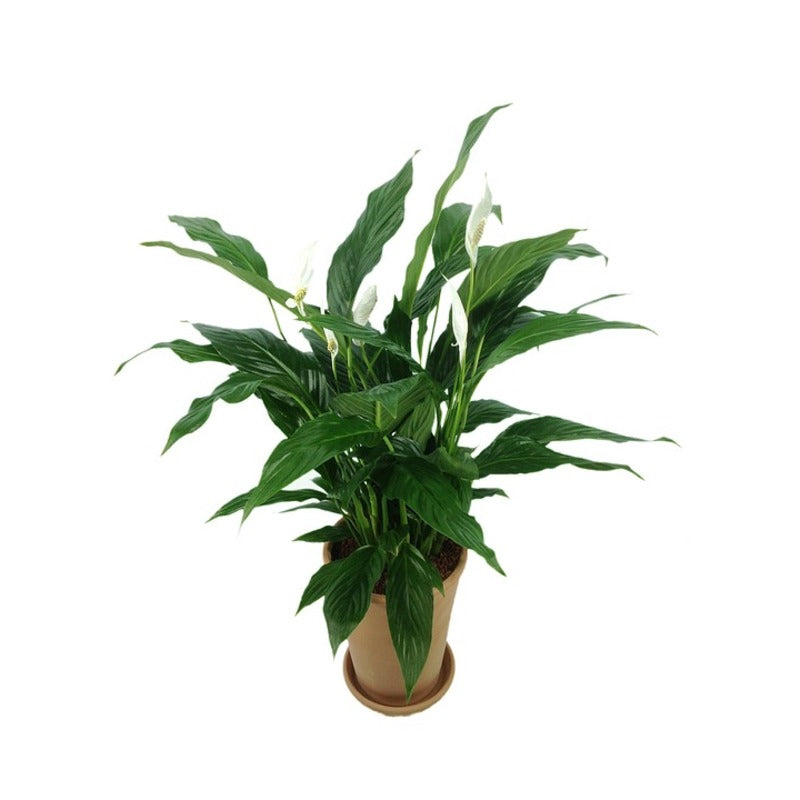

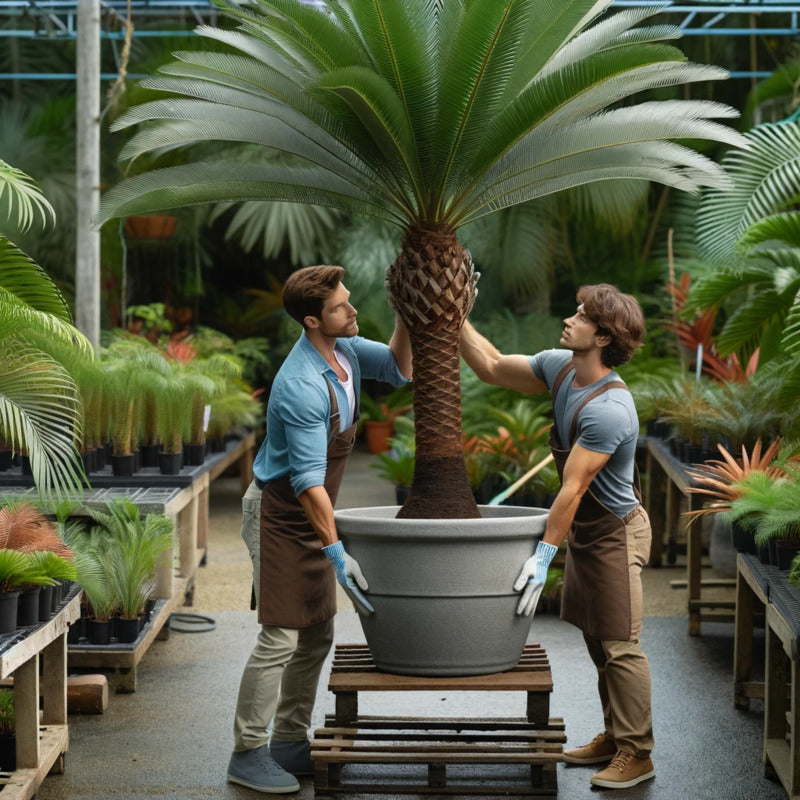

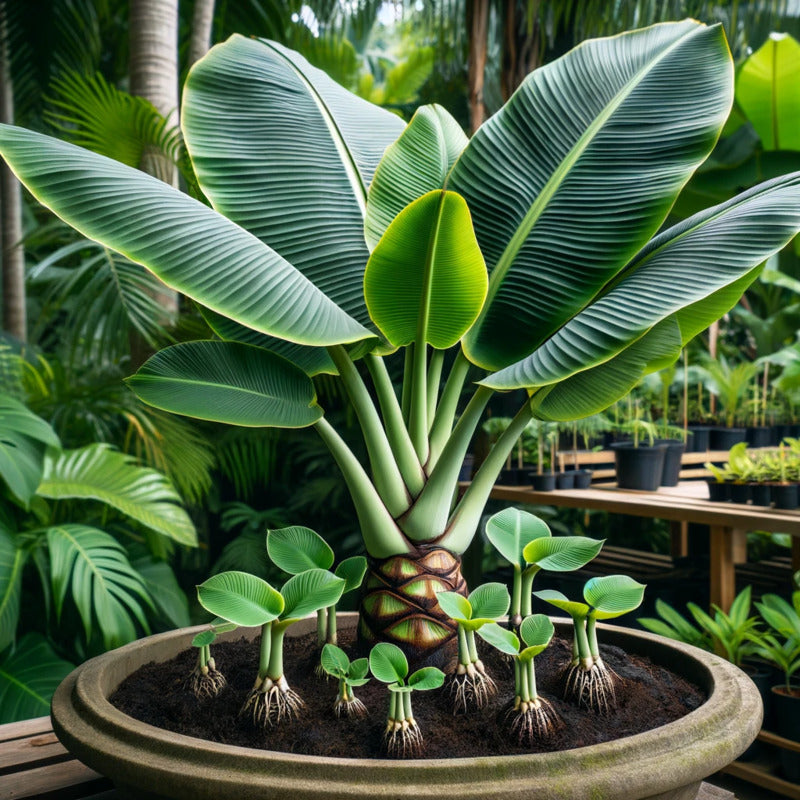

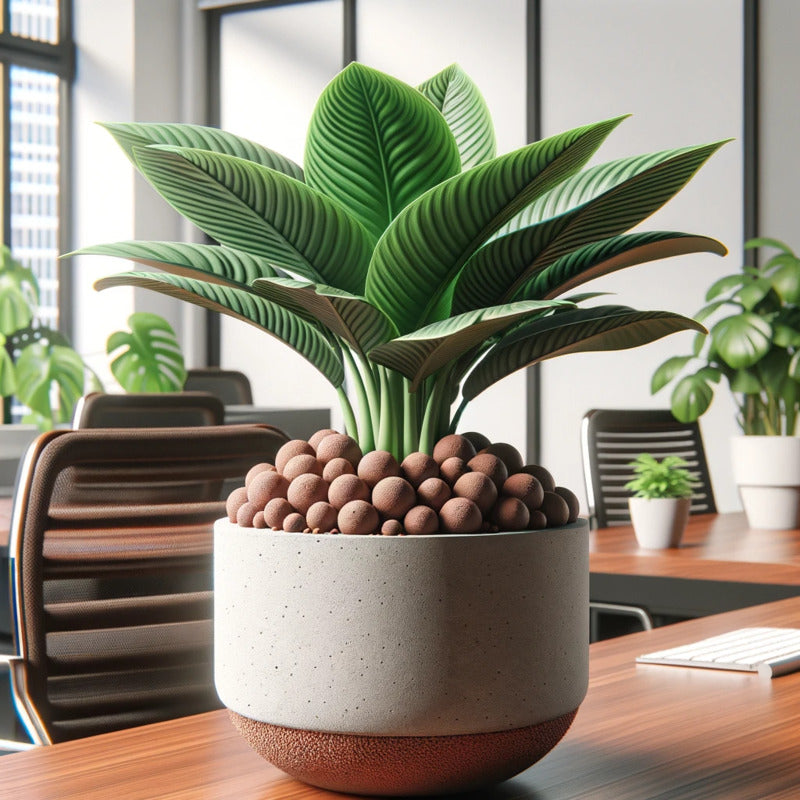

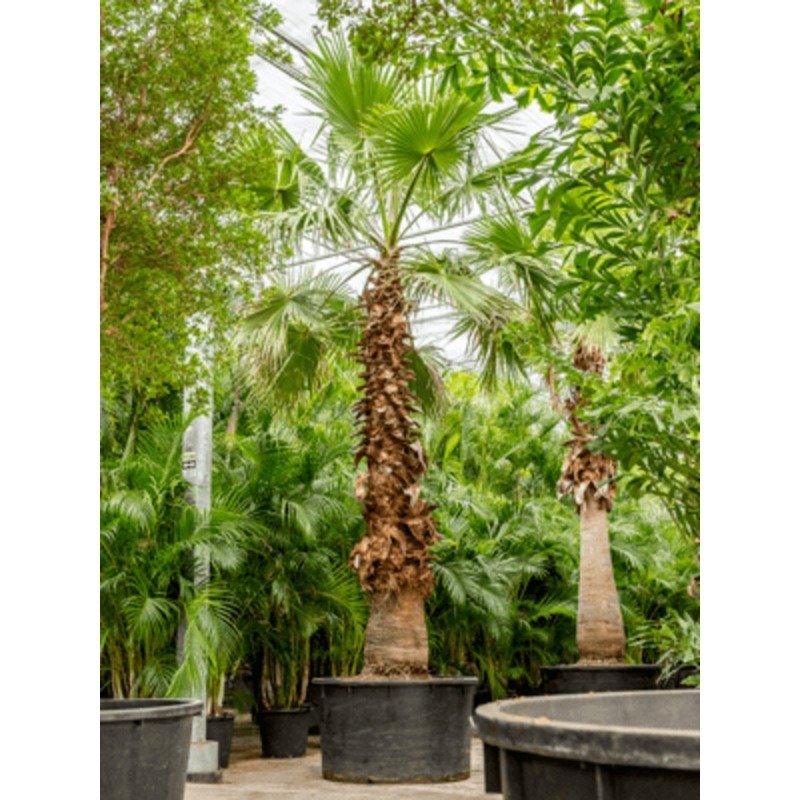
Share:
pennisetum advena Rubrum - Winterhardy ornamental grass - With flower
Trachycarpus Fortunei